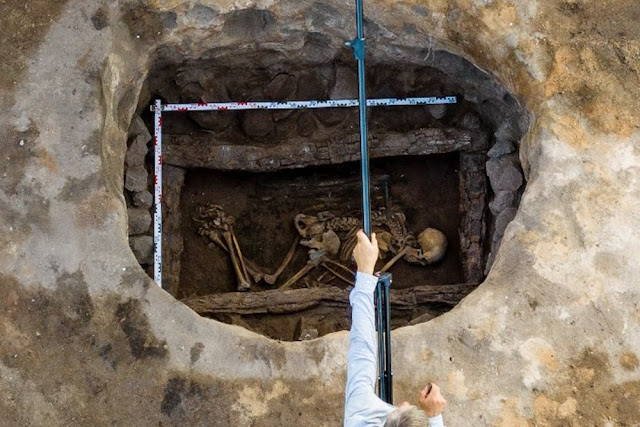At https://archaeologynewsnetwork.blogspot.com/2019/12/2500-year-old-scythi… … a well preserved Scythian warrior grave was opened up by Polish archaeologists in Siberia. It comes from what is described as a giant kurgan (earthen mound) dating from the 7th or 6th centuries BC.

William sent in a link to the next story – Norse Greenlanders may have over exploited walrus ivory. Go to https://phys.org/news/2020-01-over-hunting-walruses-contributed-collapse… … although it is true to say that contribute rather than caused is used. Never the less, this idea originates from what looks like a sudden collapse in the supply of walrus ivory in Europe (by the 15th century AD). This, in turn led to the demise of the once prosperous Viking communities on Greenland during the Medieval Warm Period. Over exploitation may have indeed been a factor but Viking boats could simply have sought them out further afield. Not very imaginative it would seem – on the face of the press release. We may note other factors also come into play – such as the 14th century Black Death epidemic and colder and more ferocious storms as well as sea ice that became a problem around Iceland, yet alone Greenland (as the Medieval Warm Period drew to a close). The full article is at https://www.sciencedirect.com/science/article/pii/S0277379119305736?via%…
A much more interesting story is at www.archaeology.co.uk/articles/great-ormes-golden-age-of-european-trade.htm … which comes from the February issue of Current Archaeology. Although copper was mined in small quantities over a very long period at Great Orme, a huge lump of rock overlooking Llandudno, it seems that within the Bronze Age (between 1600 and 1400BC) the copper was exploited extensively – and found its way by trade routes to Britanny and France in one direction, and Scandinavia and the Baltic in the other direction. Eventually, the richest and thickest seam was exhausted and this trade dried up – although lesser seams continued to be worked on a smaller and localised scale.
